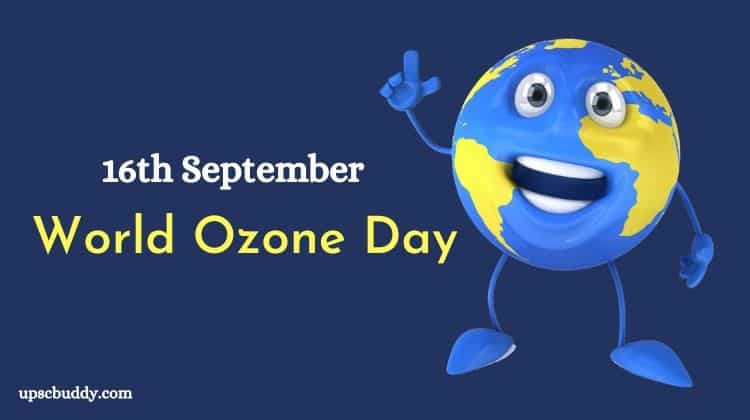The year 2020 was one of several catastrophes, including a global pandemic, raging fires natural disasters, that created environmental havoc.
Never before has the value of protecting and improving our ecosystem been more excellent.
To avoid adding problems to the list in the ozone layer, we must all do our parts to conserve the stratospheric layer.
Simply put, it’s not possible for life on Earth without sunlight, but when in direct contact with it the energy emanating from the sun is too dangerous for anything to live.
The ozone layer is a stratospheric layer that serves as the Earth’s shield, shielding it from the ultraviolet radiation of the sun, which is harmful.
The first hole in the Ozone layer was found:
This was a matter of great concern when scientists first found the breach in the ozone layer in 1970. They raised the alarm and told people about how best to decrease their carbon emissions which seem to be the primary cause of ozone layer damage.
With this in mind, governments across the world banded together and in 1985 established the Vienna Convention.
They defined the Montreal Protocol under the convention, which required that scientists, governments, and industries have to work together and cut 99 per cent of all ozone-depleting substances.
In 1987 To celebrate the signing of the Montreal Protocol, the General Assembly of the United Nations declared September 16 as ‘International Day for Ozone Layer Protection’ in 1994.
Scientists eventually announced, the signing of the protocol after 30 years, that the ozone layer hole had closed.
Things we can do to protect Ozone:
This year’s World Ozone Day theme is “Lifetime Ozone: 35 years of protection against ozone layer.”
To help the ozone layer to recover and continue protecting itself from ultraviolet radiation, here are some steps that can be taken to contribute at an individual basis-
• Have your electrical appliances periodically serviced and uninstall devices that have been in usage for 10/15 years as they release further depleting Ozone (ODS) substances.
• Be careful when disposing of your electrical appliances and be careful not to harm the cooling circuit, as this is the part which contains the ODS.
• Old ODS from air conditioners and refrigerators need to be carefully collected and recycled so as not to release them into the atmosphere. Only a technician can do this.
• Old insulation foams containing ODS should be disposed of as contaminated hazardous waste.
• Look for the ‘Energy Star’ labels when buying a home or workplace appliances.
• Save electricity at home and in your office, turn off all appliances not currently in use.
• Refuse to drive as much as possible by personal vehicles. Opt for, wherever possible, public transport, car-pooling, walking and cycling.
• Follow sufficient gasoline refuelling directions, be careful not to spill fuel, and ensure that the gas cap is secured correctly after refuelling.
• Ensure that all the vehicles, including those not currently in operation, are precisely tuned.
• Allow as much use as possible of environmentally friendly paints and cleaning materials.
• Do not use room fresheners, cosmetics, hair sprays because they contain chlorofluorocarbons ( CFCs).
• Limit the use of chemical fertilisers, as many hazardous greenhouse gases are emitted during processing.
• Inform future generations on conservation initiatives and inspire them to go as much green as possible.






























